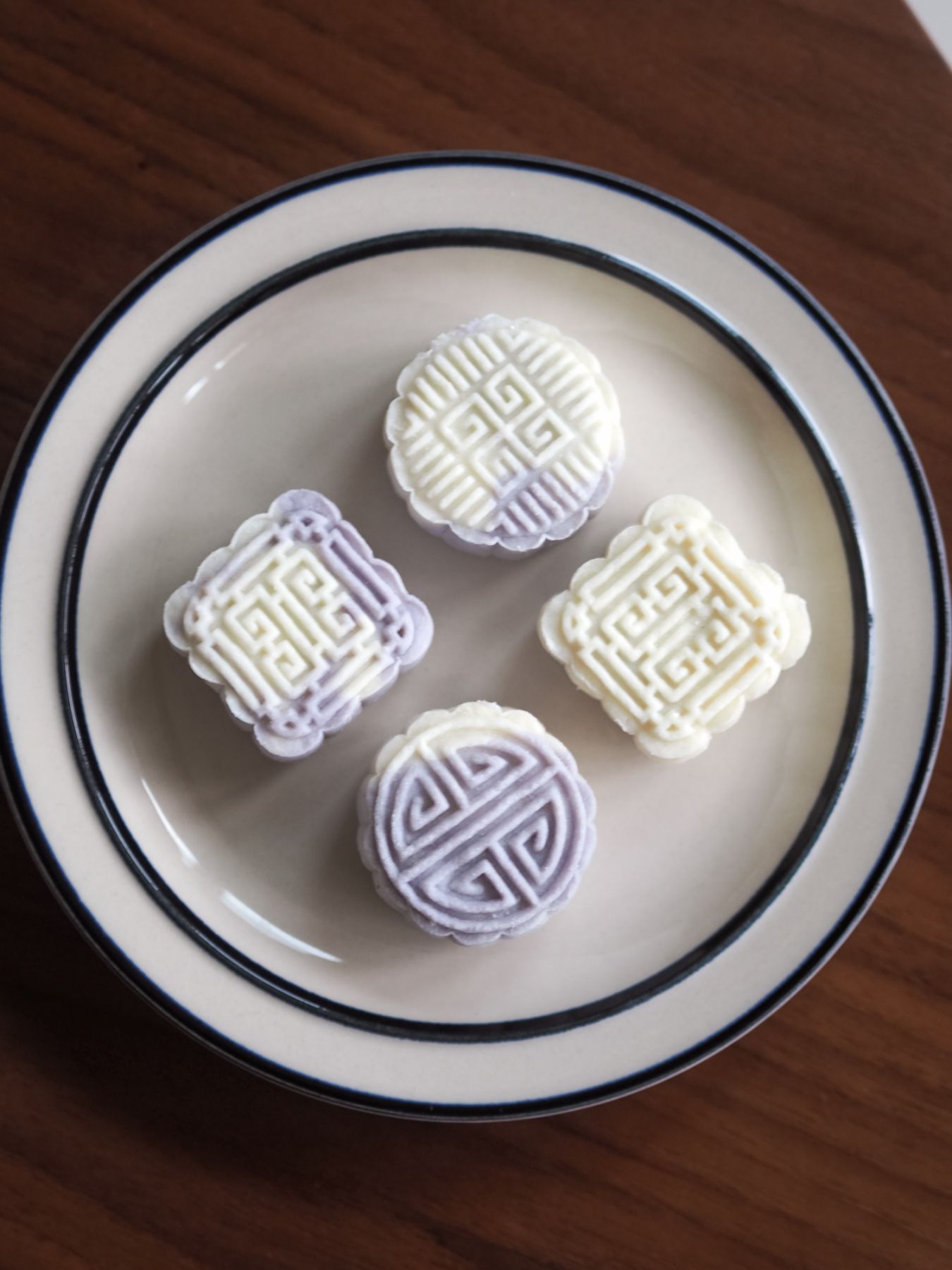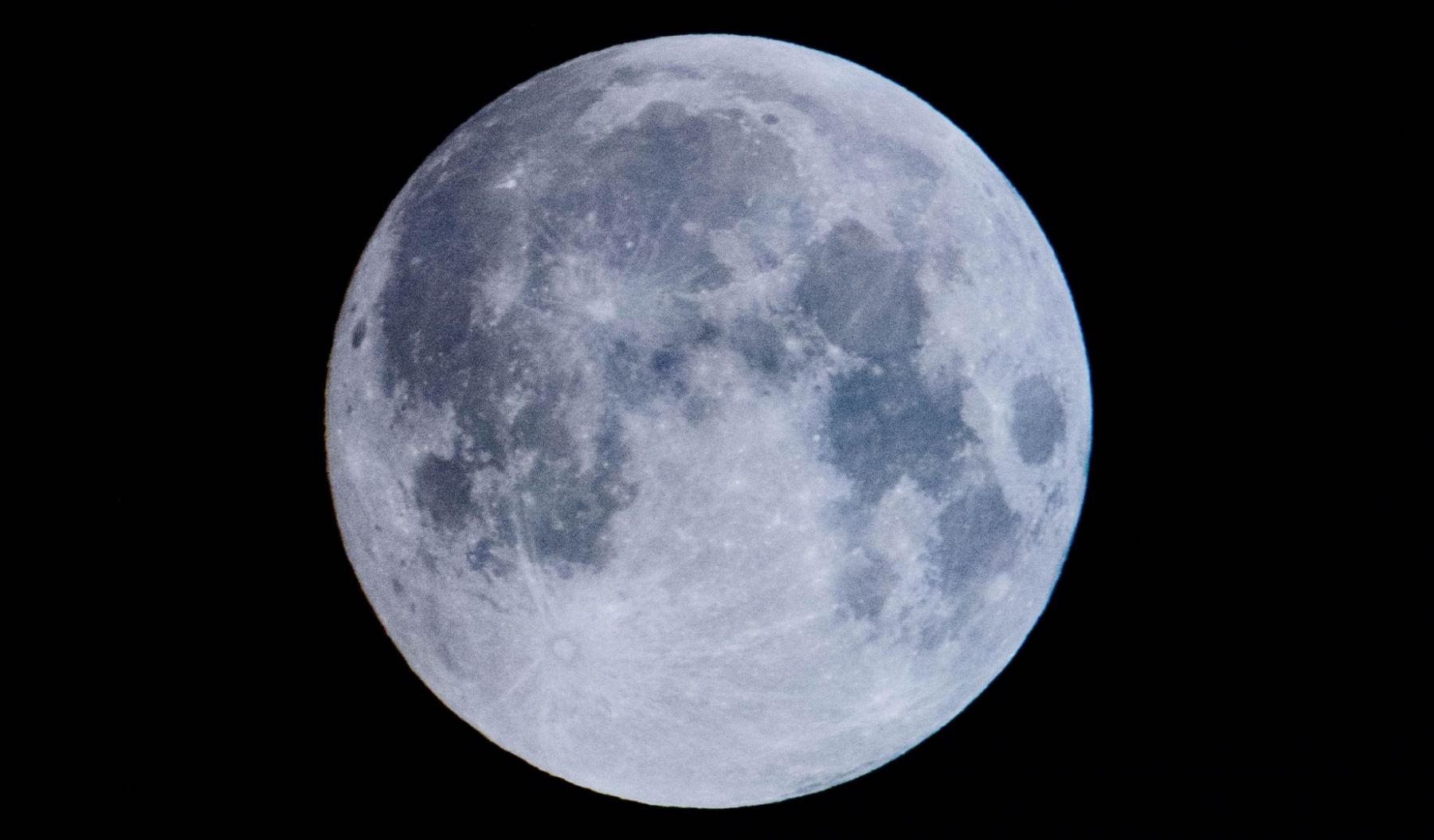Why do we celebrate Mid-Autumn Festival? Here are some stories that explain its significance.
It's hard to believe but 2021 is drawing closer to an end as summer makes way for autumn. Before you know it, it will be Halloween and Christmas.
But before that, the Chinese will be celebrating Mid-Autumn Festival, a time most of us associate with mooncakes.
In the past, it would have meant a big reunion dinner with the whole family. Kids would go around the neighbourhood with brightly coloured paper lanterns. Even before the pandemic, the Mid-Autumn celebration has become smaller in scale but it's still celebrated with a lot of joy, with many gifting mooncakes to family, friends and business associates throughout the season.
See also: 20 Hotels In The Klang Valley For Delicious Mooncakes
The Mid-Autumn Festival is regarded as the most important festival after the Spring Festival (Lunar New Year). In ancient times, farmers celebrated it to mark another bountiful harvest. However, there are a few tales associated with the festival that make for a more interesting perspective.
Mooncake as a transporter of secret information

Mooncakes have been around longer than we think. Legend has it that mooncakes helped start a revolution during the Yuan Dynasty, which was ruled by the Mongols. A Han rebel leader named Liu Bo Wen planned to rise up against the Mongols. After obtaining permission to pass gifts to his friends in several bases, Liu commanded his subordinates to hide pieces of paper written with the date of the rebellion in the desserts. The date was the 15th night of the 8th lunar month in the Chinese calendar—this is the date on which Mid-Autumn Festival has been celebrated ever since.
See also: 20 Hotels In The Klang Valley For Delicious Mooncakes

